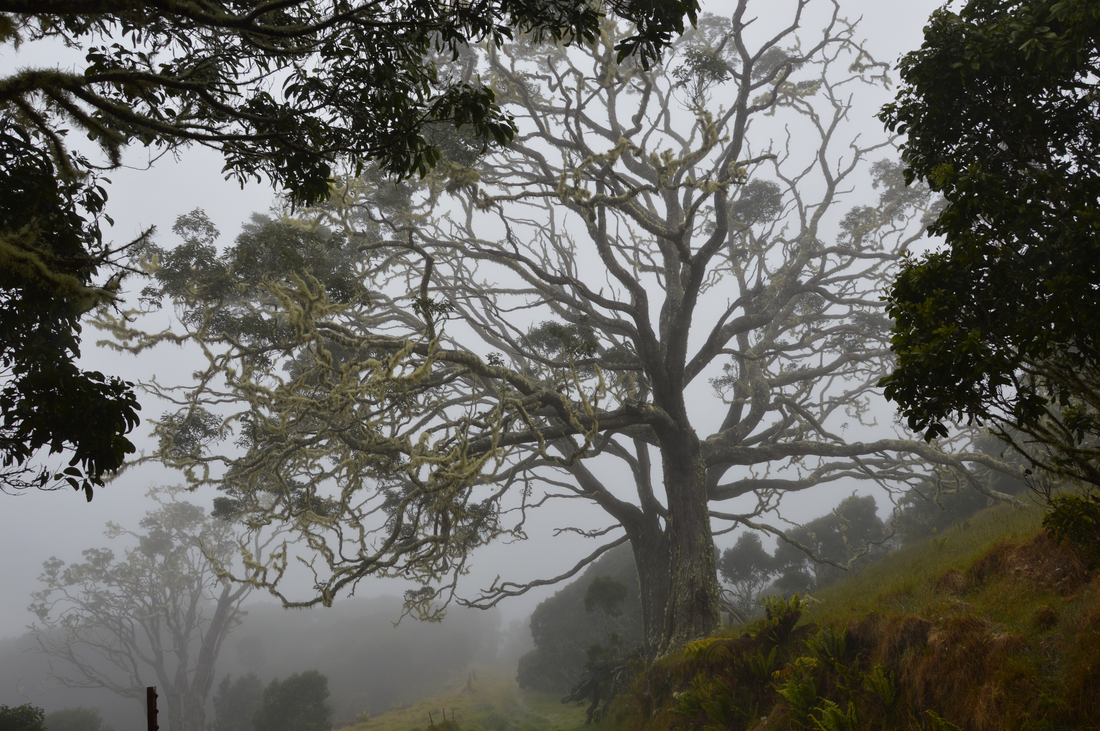Each year, millions of Americans grab their cameras and flock to our public lands to enjoy the many benefits of nature.
Our staff is no different. In conjunction with our Forests in Focus Photo Contest, we host an internal competition to give staff members a chance to show off their photography skills. This year, they submitted dozens of photos, and everyone on staff had the opportunity to vote for their top three photos. The contest provides a fun opportunity for staff to take a different focus on the critical landscapes we’re working to protect.

PHOTOGRAPHER’S PERSPECTIVE: “Prescribed fire is a vital tool for forest restoration in south-central Oregon. In 2022, I joined fire practitioners at The Nature Conservancy in their fall burning, which aimed to restore upland forests and remove thickets of young lodgepole pine that are encroaching onto the wetlands of Sycan Marsh. During firing operations, there was a busyness about the landscape as crews placed and directed fire to achieve the objectives. After dark we watched as the fire continued to work through the stillness of the cold night air, steadily consuming accumulated fuels and occasionally bursting to life, as I was able to capture here.”

PHOTOGRAPHER’S PERSPECTIVE: “Very little is serene in this chapter of my life with a 1-year-old and a 2-year- old, but serenity settled over even my small children as we took in the lingering color show of a sunset over the peaks in Paradise Valley, Mont. It was a moment to reconnect with a sense of peace, and I still use this photo to ground me when the busyness of life swirls.”

PHOTOGRAPHER’S PERSPECTIVE: “Before graduate school, I worked on the Big Island of Hawai’i, assisting with a U.S. Geological Survey forest restoration project. This moss-covered Acacia koa became a favorite of mine due to its character and location by our ‘lunch spot’ at Hakalau Forest National Wildlife Refuge. Weather at Hakalau is extremely variable, ranging from sunshine and perfect visibility to heavy rain and even snow. On this day, we had a thick fog, which made for an atmospheric backdrop to our fieldwork and caused the old-growth koa trees to appear like guardians looming through the morning fog to protect the remaining old-growth forest fragments.”